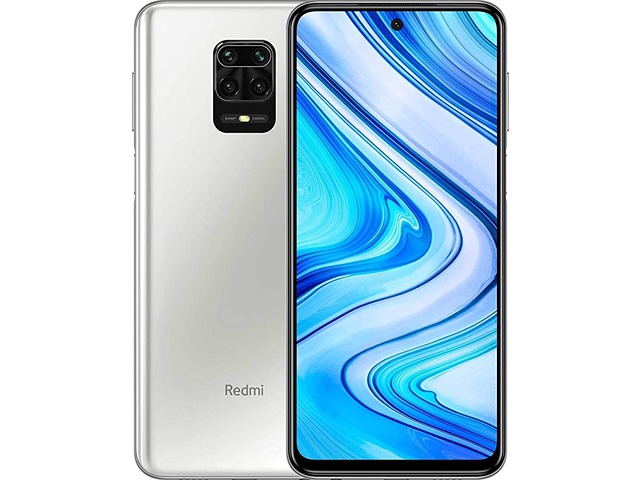Stay Up to Date with this Xiaomi Redmi Note 9 Pro Review
When you are going to invest in a new cellular phone, this Xiaomi Redmi Note 9 Pro review can help you to understand the plethora of vague terminology and specifications which you’ll find in Xiaomi Redmi Note 9 Pro brochure, e.g. storage capacity, exynos chip-set, battery performance (mAh), and display specifications.
Xiaomi Redmi Note 9 Pro model status in the market is: Available. However, it is declared by Xiaomi company on 4/30/2020 and Released 2020, May 05.
Xiaomi Redmi Note 9 Pro has 64GB 6GB RAM, and 5020 mAh battery life (the more mAh value gives more strength to the battery). When you buy Xiaomi Redmi Note 9 Pro, you will gain 64 MP, f/1.9, 26mm (wide), 1/1.72″, 0.8µm, PDAF rear camera and 8 MP, f/2.0, (wide) selfie camera.
Xiaomi Redmi Note 9 Pro comes with a 6.67 inches, 107.4 cm2 display size and Corning Gorilla Glass 5 as a scareen protection that is prepared to conserve the screen when the phone drops on hard and rough surfaces.
Xiaomi Redmi Note 9 Pro has these software and hardware platforms:
* Android 10, MIUI 11 OS,
* Qualcomm SM7125 Snapdragon 720G (8 nm) Chipset
* Octa-core (2×2.3 GHz Kryo 465 Gold & 6×1.8 GHz Kryo 465 Silver) Processor.
In this article, you will find Xiaomi Redmi Note 9 Pro review which will represent the main Xiaomi Redmi Note 9 Pro specifications that you need to make a well-informed decision about your new device.
Xiaomi Redmi Note 9 Pro Review of The Body Specifications
smartphone’s body specifications are very important to be taken into account while intending to buy a new device. These characteristics are the body dimensions, the body weight, and the body build. In these following lines, you will read Xiaomi Redmi Note 9 Pro review in terms of the body characteristics.
* Body Dimensions: 165.8 x 76.7 x 8.8 mm (6.53 x 3.02 x 0.35 in) which mean height, width, and thickness (depth) respectively.
* Body Weight: 209 g (7.37 oz).
Any weight between 140g and 170g is considered appropriate for mobile phones and is good for the majority of customers.
* Body Build: Glass front (Gorilla Glass 5), glass back (Gorilla Glass 5), plastic frame.
You could find the following types of cellular phone’ body:
* Metal. It is the strongest one in terms of saving the devise components, that’s because it’s made of metals.
* Plastic. Because it doesn’t bend, this type could be sturdy than metal. Also, It works for a longer period of time than a glass one because it doesn’t crash easily.
* Glass. In spite of the brittle nature of glass making it more breakable, this type of cellular phone’s body looks more polished and appealing.
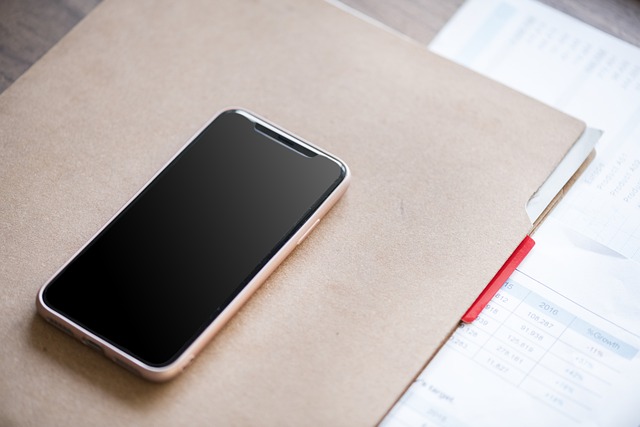
Xiaomi Redmi Note 9 Pro Review of The Available Colors
Black and white are likely the most common colors for smartphone covers, however, businesses have continued to produce a wide range of additional colors in order to draw in more buyers.
Xiaomi Redmi Note 9 Pro comes in the following colors: Tropical Green, Glacier White, and Interstellar Gray.

Xiaomi Redmi Note 9 Pro Review – Understanding Display Terminology
We use cellular phone to work, connect, play games, watch movies and videos, take photos, and even do extensive reading. These tasks are easily accomplished on large-screen smartphones with genuine blacks, high contrast ratios, and good visibility from different angles..
The next lines will sort out the crucial display specs of the Xiaomi Redmi Note 9 Pro.
Display Type: IPS LCD – Remember that you should search for a display type that offers more flashy colors and proper black.
Display Size: 6.67 inches, 107.4 cm2 – These days, mobile phones feature screens that measure between 4.7 and 6.5 inches.
Screen To Body Ratio: (~84.5% screen-to-body ratio). It provides the percentage of how much of the front side is covered by the screen.. Smartphones that have the largest screen-to-body ratio look delicate and give it a premium look.
Display Ratio: 20:9 ratio. the Aspect ratio is the relevance between the height and width of the smartphone screen. Taller aspect ratios like 19.5:9 is coming with the most modern smartphones, and it is suitable for web browsing, and other portrait orientation apps.
Display Resolution: 1080 x 2400 pixels. It is the clarity of an image video in details and sharpness. The pixel resolution for high definition screens is 1920 x 1080.
Display Density: (~395 ppi density). It is the number of physical pixels per inch on a screen, and is measured in Pixels Per Inch (ppi).
Display Protection: Xiaomi Redmi Note 9 Pro comes with the following display protection:
* Corning Gorilla Glass 5
* Corning Gorilla Glass 5.
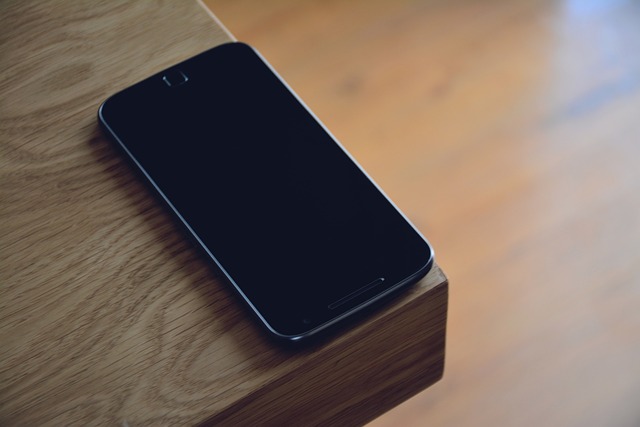
Xiaomi Redmi Note 9 Pro Review – Camera Specs
In the following lines, you will find Xiaomi Redmi Note 9 Pro reviews about the main cameras.
* Main Camera Single: {64 MP, f/1.9, 26mm (wide), 1/1.72″, 0.8µm, PDAF}.
Here are explanations about some of the symbols included in the camera specifications:
MP (Megapixels) is the resolution of the image taken by a cellular phone.
(f value) is the aperture of a lens that indicates how much light it lets in? The larger the aperture, the more light is let in; and vice versa.
(mm value) This measurement is of the lens’s focal length, which affects the final image that is produced by your camera.
AutoFocus (AF) is the function of a camera to automatically focus on a subject.
* Main Camera Dual: 8 MP, f/2.2, 119˚ (ultrawide), 1/4.0″, 1.12µm
* Main Camera Triple: 5 MP, f/2.4, (macro), AF
* Main Camera Quad: 2 MP, f/2.4, (depth)
The main camera features are as follows:
HDR, panorama, 4K@30fps, 1080p@30/60/120fps, 720p@960fps, gyro-EIS main video camera.
Here is the Xiaomi Redmi Note 9 Pro review of the selfie camera:
* Selfie Camera Single: 8 MP, f/2.0, (wide)
The main camera specifications are:
HDR, 1080p@30fps Selfie video camera.
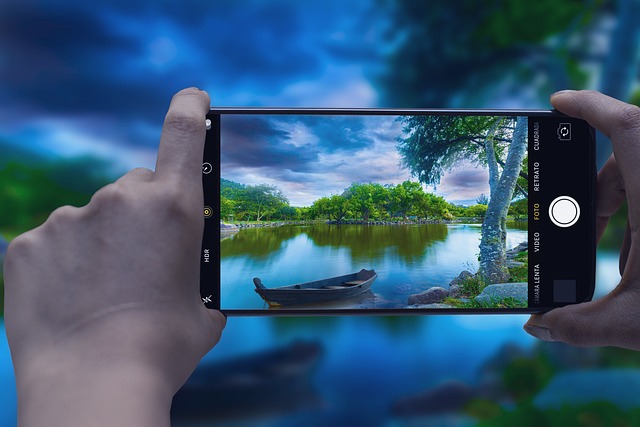
Xiaomi Redmi Note 9 Pro Review of the SIM Card
The acronym SIM is used to refer to the Subscriber Identity Module. It is an electronic card that can be inserted into your mobile phone to be able to access your phone’s communication features to make calls, send SMS, and connect to the 3G, 4G LTE, and 5G mobile internet. For more info about 3G / 4G networks, refer to Xiaomi Redmi Note 9 Pro 3G or Xiaomi Redmi Note 9 Pro 4G articles. SIM cards come in three sizes: Standard (Mini), Micro, and Nano. You can use your mobile phone without a SIM card, such as using the calculator, playing games, saving text or voice notes, and connecting to a Wi-Fi network to browse the web.
This cellular phone model comes with Dual SIM (Nano-SIM, dual stand-by) card. For more info, refer to How to insert SIM card in Xiaomi Redmi Note 9 Pro article.
Here are the common SIM card types:
* Nano-SIM. It is the smallest removable SIM card size, so it is the most modern one (other than eSIMs, which we’ll read about it very soon) and it’s used by the vast majority of modern devices.
* Micro SIM. They have a slightly larger chip, and they haven’t been utilized too often lately.
* Standard SIM (Mini-SIM). It is the biggest SIM card size in use, and it’s the most rarely used.
* eSIM. It is an embedded SIM card, i.e., you can’t take it off of your cellular phone.

Xiaomi Redmi Note 9 Pro Review of The Performance
This model has Qualcomm SM7125 Snapdragon 720G (8 nm) chipset.
A chipset on a mobile phone is most usually referred to as a system on-chip (SoC). It is an integrated circuit that houses all of a device’s essential parts on a single chip. The most popular kinds are QUALCOMM Snapdragon, MEDIATEK CHIPSETS, and INTEL ATOM.
Xiaomi Redmi Note 9 Pro has Octa-core (2×2.3 GHz Kryo 465 Gold & 6×1.8 GHz Kryo 465 Silver) CPU.
The higher the number of cores and the higher the processing speed the better the processor’s performance will be.
Xiaomi Redmi Note 9 Pro has the following GBU (Graphics Processing Unit): Adreno 618.
All graphics jobs are treated and accelerated by this chip, and a faster GPU means a more powerful mobile phone will.

Knowing About Storage Features – Xiaomi Redmi Note 9 Pro Review
One of the fundamental deciding factors, when you want to purchase a new mobile phone, is the amount of storage it offers. Actually, Xiaomi Redmi Note 9 Pro comes with a microSDXC memory card slot, and the following internal storage: 64GB 6GB RAM – 128GB 6GB RAM – 128GB 8GB RAM
Two types of phone memory are available:
Internal: It is built into the phone, and can’t be extended. Nowadays, the majority of mobile phones have internal memory that is at least 32GB or 64GB and a few high-end models feature 256GB or 512GB.
External: It is a removable SD card used as an alternative memory to store photos, music, videos, etc., regardless of the type of SD card slot.
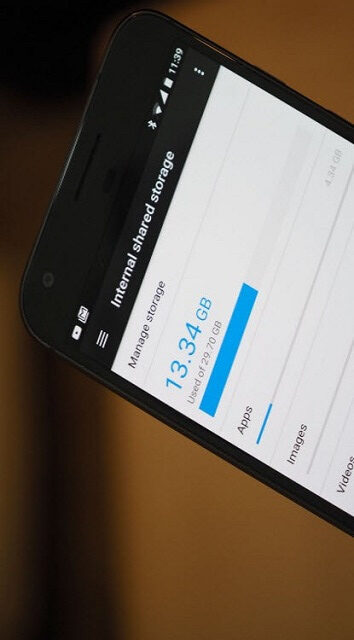
Xiaomi Redmi Note 9 Pro Review – Mobile Networks and Connectivity
The complicated architecture used by mobile networks covers base stations sending radio waves within hexagonal zones known as “cells” (hence mobiles also being known as cellphones). In order to prevent any signal-deficient locations, thousands of cells interfere across different geographic areas. 3 various network kinds available today: 3G, 4G, and 5G. These networks have the ability to pick up and deliver mobile communications as well as transmit and receive data and information.
Xiaomi Redmi Note 9 Pro supports the following networks: 3G. For more information, refer to Xiaomi Redmi Note 9 Pro 3G article. – 4G. For more information, refer to Xiaomi Redmi Note 9 Pro 4G article.

Xiaomi Redmi Note 9 Pro Review of The Available Wireless Connections
This model comes with the following wireless connections:
* WLAN connection: {Wi-Fi 802.11 a/b/g/n/ac, dual-band, Wi-Fi Direct, hotspot}. Wireless Local Area Network uses Wi-Fi to communicate to the home or office wireless network using the local router and offers Internet access.
* Bluetooth connection: {5.0, A2DP, LE}. It is a common wireless communication protocol used to communicate two devices together over short distances, allowing them share data between different devices.
* GBS connection: {Yes, with A-GPS, GLONASS, GALILEO, BDS}.Global Positioning System allows cellphone to define any position you need.
* NFC connection: {Yes}.Near Field Communication is a wireless technology that allows your mobile phone to transfer data to another device when they’re close together, so it’s generally used for contactless payments. For more information, refer to NFC on Xiaomi Redmi Note 9 Pro article.
* USB connection: {USB Type-C 2.0, USB On-The-Go}.Universal Serial Bus is wired technology that allows users to connect two devices, such as a smartphone with a PC, to either transfer data or to charge the connected device.
* Features Sensors: {Fingerprint (side-mounted), accelerometer, gyro, proximity, compass}. The sensor is a device that detects and majors the changes in the nearby environment such as ambient light and motion.

Xiaomi Redmi Note 9 Pro Review – The Operating System
This model comes with {Android 10, MIUI 11} operating system.
Battery Main Specifications – Xiaomi Redmi Note 9 Pro Review
Nothing is more essential than the smartphone’s battery, which powers these gadgets and keeps daily life going. The following lines are including Xiaomi Redmi Note 9 Pro review of its main battery.
* Battery Technology: {Li-Po}.
* Xiaomi Redmi Note 9 Pro comes with {a non-removable} battery.
* Battery Capacity: {5020} mAh. It refers to the storage capacity a particular battery may offer. A battery with 3100 mAh capacity rating could supply a current of 3100 mA for one hour. Higher mAh ratings for the same battery type will generally mean longer working time.
* Battery Charging: {Fast charging 30W}.

The Battery Secondary Specifications – Xiaomi Redmi Note 9 Pro Preview
In addition to the major Xiaomi Redmi Note 9 Pro specs that we mentioned earlier, this model has more battery-related characteristics that are relatively varied depending on the type of the cellphone. Here are these specs:
* Battery Charging Original: {Fast charging 30W}.


